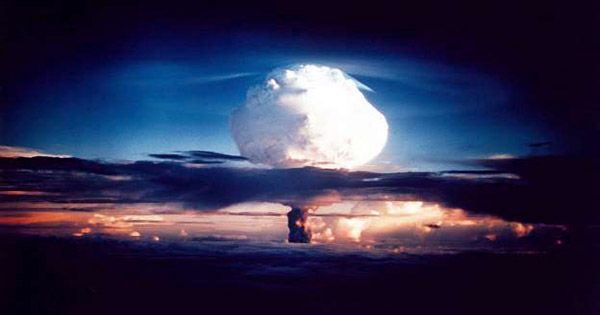Ruthenium-106 particle clouds remove radiation detectors across Europe. Although scientists have gradually shown respect for the geographical source, attempts to confirm this has been frustrating, in 2017. Careful analysis of the composition of the cloud now the formula was a civilian site rather than a military one.
Refusing to acknowledge the responsibility of the Russian authorities, let the source disclose, Enthusiasm assumes that the source may be in a secret military facility. From the outset, suspicion has returned to Russia on the basis of the general direction and weak nuclear security records. Subsequent studies narrowed the position in the southern Urals.
By the end of 2017, the radiation spike was not high above the background level as a threat to human life, In Central and Western Europe. Closer to the source, however, things could be quite different, as an immediate search began to identify the origin of the emission. Equally important is what raises the issue of redemption; nothing bigger will happen in the future.
Professor Thurston Klein of the University of Münster thinks this is highly unlikely. Although radioactive ruthenium-106 attracted attention, non-radioactive ruthenium isotopes were also detected, which Klein realized could be a key factor in identifying the source of the material.
Kleine said in a statement, “We usually measure ruthenium isotopes to study the history of Earth’s formation.” It was Klein and colleagues who gained experience studying samples with small isotope concentrations, a skill that yielded less ruthenium than the filters they could access from Austrian measuring stations.
The ratios of stable ruthenium isotopes are consistent with the fuel cycle with high plutonium content, which, surprisingly, probably indicates a civilian site. Ruthenium-101 and 102 are lower than ruthenium-111 in military groundwater sites around the dilapidated Hanford production complex because their fossil source is uranium-235. More precisely, one of the most popular designs in Eastern Europe will be expected from the proportion of fuel reprocessing from the VVER reactor.
In nature communication, Klein reported that seven ruthenium isotopes were captured by these filters. Only two of these are radioactive (ruthenium-106 and ruthenium-103, with a half-life of 372 and 39 days, respectively).
The study quoted the Academy as saying: “If Mayak had the advantage, we would have found a few thousand times the density around it and in the soil.” However, this is an advantage of Mayak pointing the finger towards the square that repulses the Russian nuclear fuel, including the VVR-440 plant. The site was already considered a major suspect, probably in a failed attempt to produce Cerium-144. The Russian Academy of Sciences continues to reject this theory.
At Austrian sites, the radiation never comes close to dangerous levels. However, if Klein is right, the area around Mayak could be a different matter, threatening denial for those who work there.














